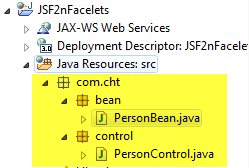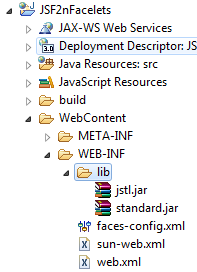Introduction
SchemaSpy is a Java-based tool (requires Java 5 or higher) that analyzes the metadata of a schema in a database and generates a visual representation of it in a browser-displayable format. It lets you click through the hierarchy of database tables via child and parent table relationships as represented by both HTML links and entity-relationship diagrams. It's also designed to help resolve the obtuse errors that a database sometimes gives related to failures due to constraints.
Running SchemaSpy
You run SchemaSpy from the command line: java -jar schemaSpy.jar -t dbType -db dbName [-s schema] -u user [-p password] -o outputDir
For further information, please check: http://schemaspy.sourceforge.net/
Execution Process
1. Download SchemaSpy jar file from http://sourceforge.net/projects/schemaspy/files/schemaspy/
2. Download JDBC jar file from http://www.oracle.com/technetwork/database/enterprise-edition/jdbc-112010-090769.html
3. execute a command:
java -jar "C:\schemaSpy_5.0.0.jar" -dp "C:\ojdbc6.jar" -t orathin -db dev02 -s ap_tax -host 192.168.30.102 -port 1521 -u ap_tax -p taxtest -schemas AP_TAX -connprops "C:\schemaSpyGUI\properties\orathin.properties" -charset UTF-8 -o "C:\schemaSpyGUI\output" -norows -hq
4. check the output




















































